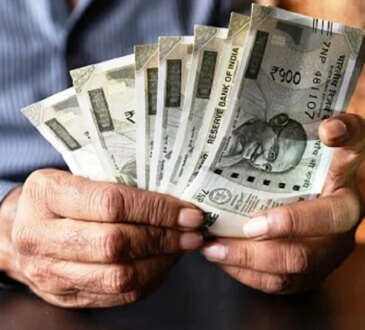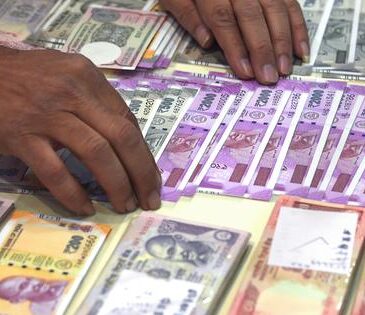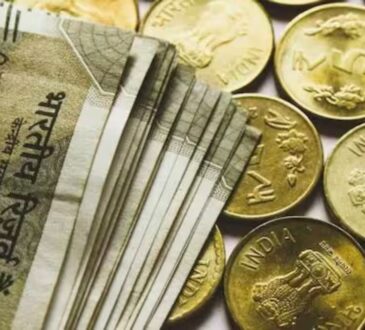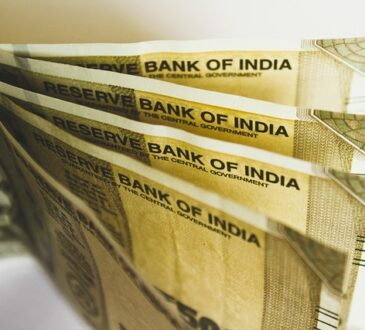Iran’s rial currency traded on Saturday at a record low against the US dollar as the country returned to work after a long holiday, costing over 1 million rials for a single greenback as tensions between Tehran and Washington likely will push it even lower.
The exchange rate had plunged to over 1 million rials during the Persian New Year, Nowruz, as currency shops closed and only informal trading took place on the streets, creating additional pressure on the market. But as traders resumed work Saturday, the rate fell even further to 10,43,000 to the dollar, signalling the new low appeared here to stay.
On Ferdowsi Street in Iran’s capital, Tehran, the heart of the country’s money exchanges, some traders even switched off their electronic signs showing the going rate as uncertainty loomed over how much further the rial could drop.
“We turn it off since we are not sure about the successive changes of the rate,” said Reza Sharifi, who works at one exchange.
Iran’s economy has been severely affected by international sanctions, particularly after US President Donald Trump unilaterally withdrew America from Tehran’s nuclear deal with world powers in 2018.
At the time of the 2015 deal, which saw Iran drastically limit its enrichment and stockpiling of uranium in exchange for lifting of international sanctions, the rial traded at 32,000 to the dollar.
After Trump returned to the White House for his second term in January, he restarted his so-called “maximum pressure” campaign targeting Tehran with sanctions.
He again went after firms trading Iranian crude oil, including those selling at a discount in China.
Trump meanwhile has written to Iran’s Supreme Leader Ayatollah Ali Khamenei, trying to jumpstart direct talks between Tehran and Washington. So far, Iran has maintained it is willing for indirect talks, but such discussions under the Biden administration failed to make headway.
Meanwhile, Trump is continuing an intense airstrike campaign targeting the Iranian-backed Houthi rebels in Yemen, the last force in Tehran’s self-described “Axis of Resistance” able to attack Israel after other militant groups were mauled by Israel during its war on Hamas in the Gaza Strip.
Mehdi Darabi, a market analyst, said he believed that foreign pressures in recent months caused “expectations for the possibility of a decrease in oil sales and more inflation, and it caused a higher rate for hard currencies”, according to Tehran’s Donay-e-Eqtesad economic newspaper.
A pensioner said if Iran stopped its hostile policy toward the outside, financial relief could be possible.




